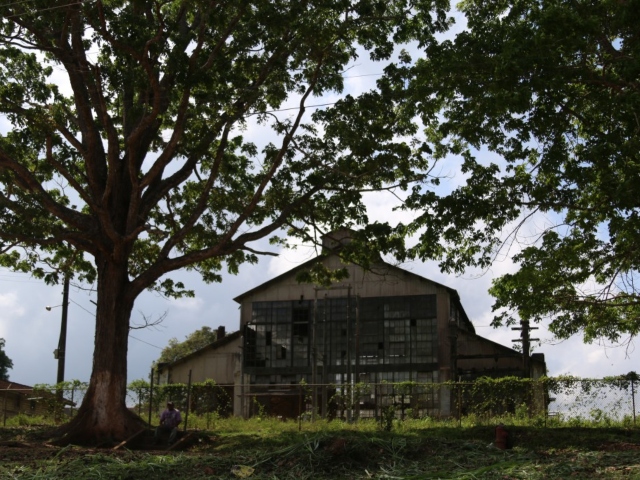[imagesource:wikimedia]
Nearly a century ago, the Ford Motor Company spent blood and money to construct what became, almost overnight, one of the Amazon’s largest cities. Thousands of acres of forest were razed, millions of dollars were spent, and hundreds of workers died.
These days it’s a ruin with a handful of factory worker descendants and bats as its only inhabitants. Ford’s conquest to harvest Amazon rubber is being lost, historic building by historic building.
Fordlândia was once hailed as the most miraculous town in Brazil. It was the first settlement deep in the Amazon rainforest to have running water and electricity, a modern hospital, and the first to build a swimming pool, cinema, and even street lamps.
The city was established by American industrialist Henry Ford in 1928 as a prefabricated industrial town intended to secure a source of cultivated rubber for his automobile manufacturing operations of the Ford Motor Company. Upon completion, the town drew a population of almost 10 000 people, making it one of the largest cities in the Amazon.
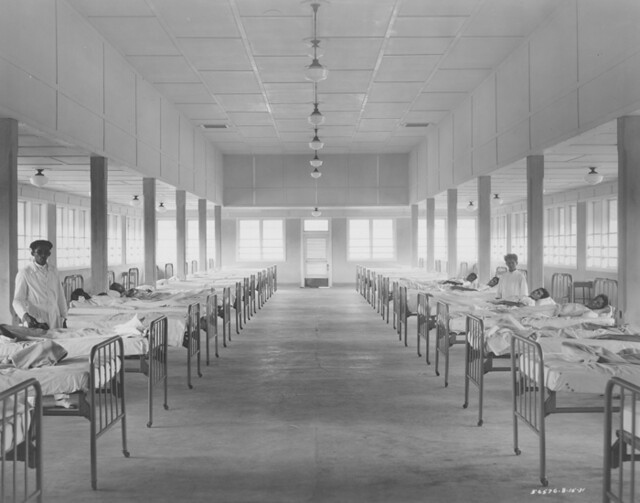
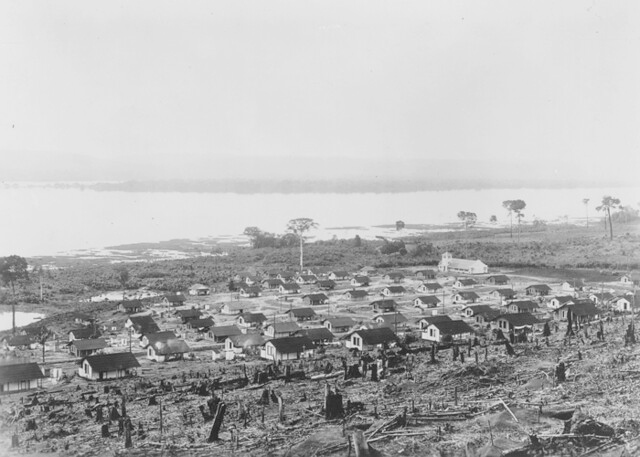

Much of the downfall of this touted utopia was to blame on Ford’s management of the city.
The town had a strict set of rules imposed by the managers. Alcohol, women, tobacco, and even football were forbidden within the town, including inside the workers’ own homes. Inspectors (Ford managers) would go from house to house to check how organised the houses were, and to enforce these stupid rules.
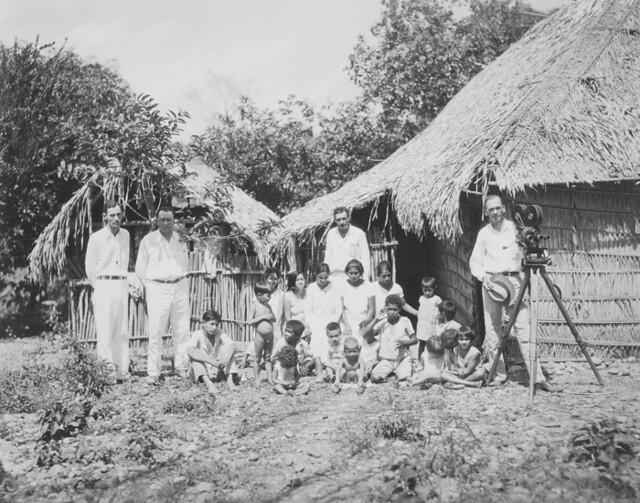
Ford imposed strict rules on food, believing that his diet was superior to the local foods. He even called cows “The crudest machine in the world,” and insisted infants only be given soy milk in the maternity ward.
The unfamiliar food, American-style housing, and being told how to live, and even play sport, did not sit well with the local workers, and discontent grew quickly.
Another reason for the downfall of Fordlândia was management’s ignorance of the local ecosystem.
In the wild, the rubber trees grow apart from each other as a protection mechanism against plagues and diseases, often growing close to other bigger tree species for added support. In Fordlândia, however, the trees were planted close together in plantations, easy prey for tree blight, ants, lace bugs, red spiders, and leaf caterpillars.
All this inevitably led to a revolt that became known as the Breaking Pans. Workers cut telegraph wires and chased away the managers and even the town’s cook into the jungle for a few days until the Brazilian Army arrived to restore order.
The town lurched along until Fordlândia was abandoned by the Ford Motor Company in 1934, and the project was relocated downstream to Belterra, where better conditions to grow rubber existed. By 1945 however, synthetic rubber was invented, and the need for natural rubber declined, putting the final nail in the city’s coffin.
Acknowledging the utter waste of resources and lives, Ford’s grandson eventually sold the two town’s back to the Brazillian government for $20 million (R373 million).
Today, Fordlândia is a ruin. The hospital, designed by architect Albert Kahn and the first to perform complicated surgeries deep in the Amazon, was ransacked a decade ago and stripped of its roofing and walls. The cinema, where American poetry was read in Portuguese, was condemned as a safety hazard in 2020 and knocked down.
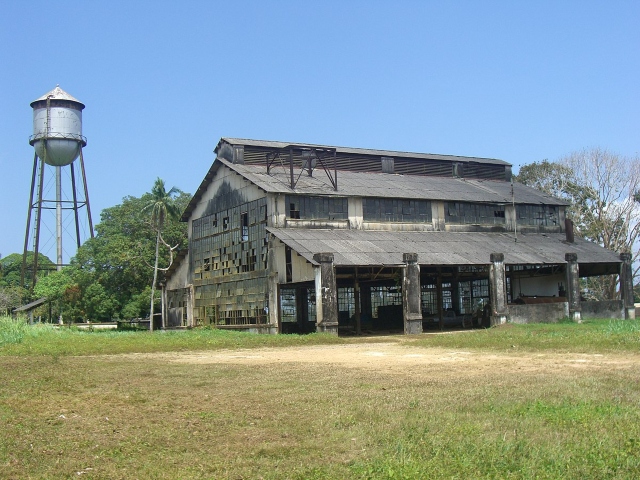
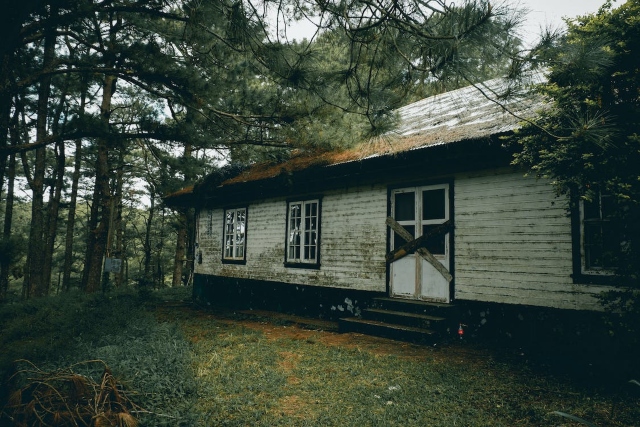
Despite the decay though, Fordlândia never completely emptied, and although not quite thriving, it still has a community with schools, shops and churches. The town is mostly ignored by the Brazilian government, and the few still living there today believe that in 30 years time, the place will become another relic lost to the Amazon jungle.
Last year, the town was granted a ‘historical designation’, and Brazil’s heritage agency presented to the community a “complete restoration plan.”
To the locals still living in Ford’s dream that became a nightmare, the future might just be brighter than the past.
[source:washingtonpost&wikipedia]

